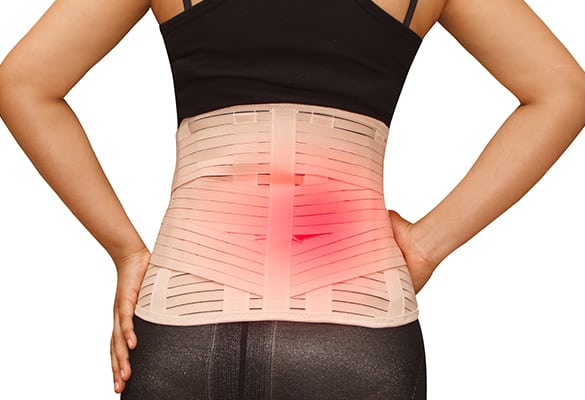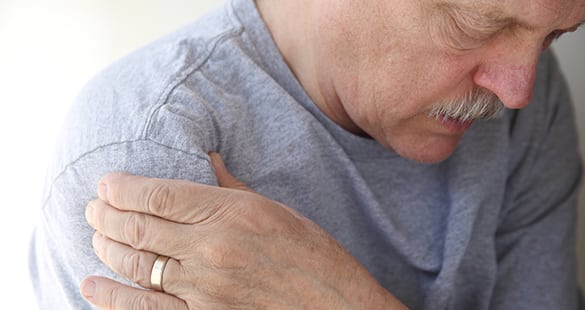
Explore minimally invasive treatments of Complex Regional Pain Syndrome with Los Angeles Pain Specialist.
Complex regional pain syndrome (CRPS) is a chronic disorder that usually affects a single limb or extremity. There are two types: CRPS-I and CRPS-II. The first type, which was originally called reflex sympathetic dystrophy syndrome, is idiopathic or has no discernible cause. In CRPS-II, once called causalgia, the pain does have a known cause.
- Best when diagnosed and treated early
- Treatments can include injections, medications, and physical therapy
CONTACT US TODAY
Symptoms
The chief symptom of CRPS is extreme chronic pain, and doctors define “chronic” as “lasting at least six months.” The pain can spread to the entire limb, even if the original injury only involved a single toe or finger. Other commons symptoms include the following:
- Swelling of the affected limb
- Changes in skin color and/or temperature
- Stiffness in the affected joints
- Abnormal movement in the affected limb like tremors, but the most common abnormality is dystonia or abnormal and fixed posture
- Decreased mobility and coordination
- Changes in skin texture; the skin often looks thin and shiny
- Changes in hair and nail growth
- Abnormal sweating in the affected area


Causes
Doctors currently believe that CRPS is caused by a malfunctioning or damaged central and/or peripheral nervous system, with the central nervous system (CNS) being the brain and the spinal cord and the peripheral nervous system being the nerves extending from the CNS to the rest of the body.
Roughly 90 percent of CRPS cases are the second type: The patient had a known injury. The most common triggers of CRPS include soft tissue injuries like burns or bruises, fractures, surgery, sprains and strains, procedures like applying a cast that immobilize a limb and even minor medical procedures like giving someone an injection. CRPS can be compared to allergies in that both conditions involve an abnormally magnified reaction to a relatively minor stimulus.
Treatment
Patients with CRPS get the best results if their condition is diagnosed and treated early. If treatment begins within a few months of the first symptoms, the patient can experience remission. In most cases, treatment will involve a combination of medication, exercise and physical therapy.
The doctor may begin by having the patient try over-the-counter pain relievers like ibuprofen or aspirin that can treat inflammation and pain. The doctor may also prescribe anticonvulsants or antidepressants, for some of these can relieve pain caused by nerve damage. Corticosteroids like prednisone can improve mobility and reduce inflammation.
In some cases, the doctor may inject a nerve block to relieve pain. Some patients may also need medications like calcitonin to slow or prevent bone loss. The doctor may also inject the affected area with botulinum toxin that temporarily paralyzes nerves.
Opioids like oxycontin can be used. Since such drugs can be addictive, the doctor will have to monitor the patient carefully during treatment.
Exercise and physical therapy can strengthen the affected limb and improve its mobility and flexibility. Physical therapy can also reverse or prevent the changes within the brain caused by chronic pain. Physical therapy is especially effective during the early stages of CRPS.

